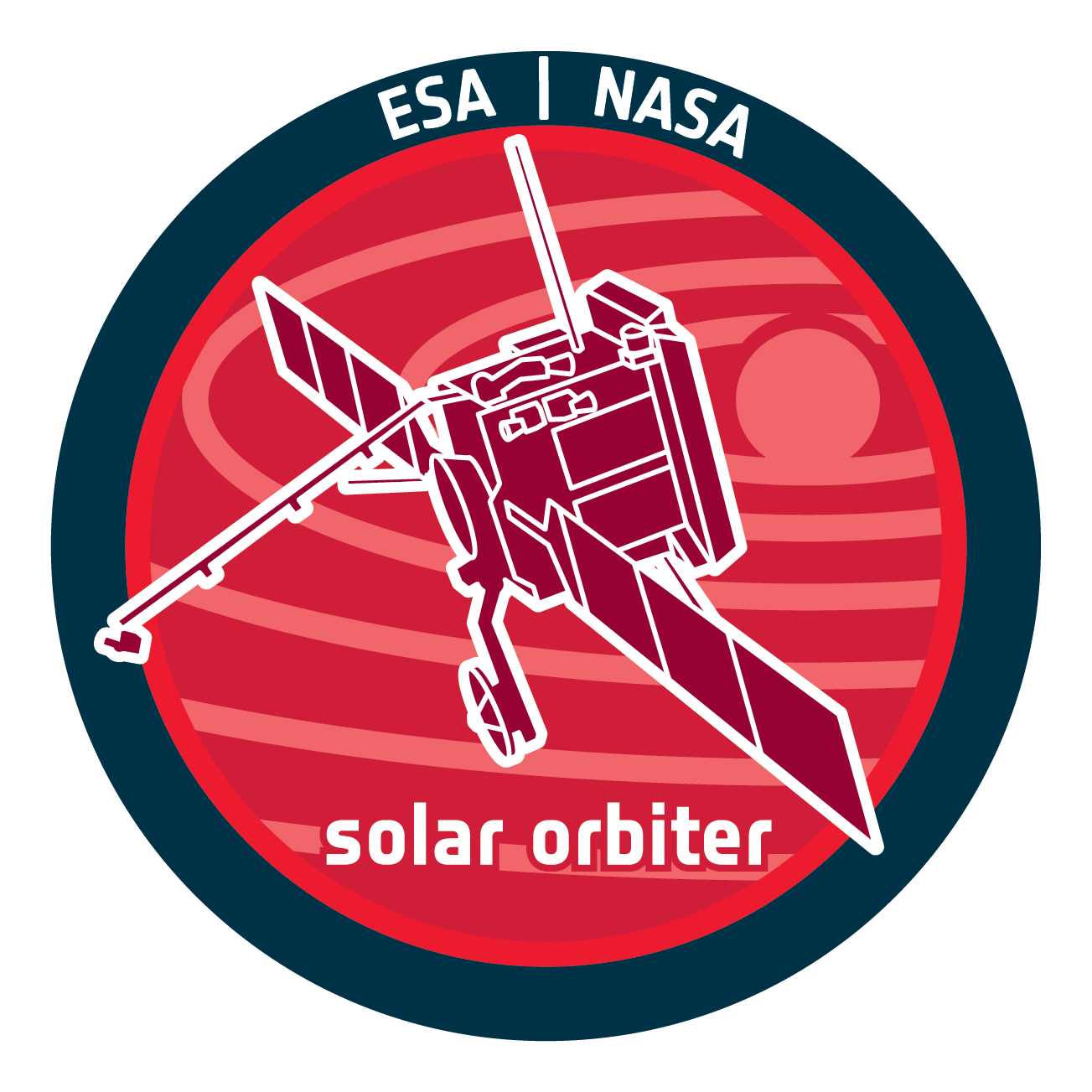

| Name | EPD, Energetic Particle Detector | ||||||||||
| Mission | Solar Orbiter | ||||||||||
| URL | http://soar.esac.esa.int/ | ||||||||||
| DOI | https://doi.org/10.5270/esa-5897yve | ||||||||||
| Abstract | The Energetic Particle Detector (EPD) is an instrument suite that is part of the scientific payload aboard the Solar Orbiter mission. The EPD measures electrons, protons, and heavy ions with high temporal resolution over a wide energy range, from suprathermal energies up to several hundreds of megaelectronvolts/nucleons. For this purpose, EPD is composed of four units: the SupraThermal Electrons and Protons (STEP), the Electron Proton Telescope (EPT), the Suprathermal Ion Spectrograph (SIS), and the High-Energy Telescope (HET) plus the Instrument Control Unit that serves as power and data interface with the spacecraft. EPD has been jointly developed by the Space Research Group of the University of Alcalá, Spain, the Institut für Experimentelle und Angewandte Physik of the University of Kiel, Germany and the Applied Physics Laboratory of the Johns Hopkins University (USA). | ||||||||||
| Description |
EPD scientific data products consist of time series of raw and calibrated particle intensities of several ion species and electrons measured by each of the EPD sensors with high cadences (up to 1 second) and high energy resolution. Level 2 (calibrated) data products include:
Along with these data products, EPD also provide burst data for selected periods and regular high cadence products with less energy resolution which may not be available during the whole mission (depending on the cadence of the nominal products at a given time and the telemetry constraints). |
||||||||||
| Publication | Rodriguez-Pacheco, J., The Energetic Particle Detector - Energetic particle instrument suite for the Solar Orbiter mission, A&A 642, A7 (2020); https://doi.org/10.1051/0004-6361/201935287 | ||||||||||
| Temporal Coverage | 2020-06-01/.. | ||||||||||
| Mission Description |
Solar Orbiter is a mission of international collaboration between ESA and NASA. It explores the Sun and the heliosphere from close up and out of the ecliptic plane. Launched on 10 February 2020, it aims to address the overarching science question: how does the Sun create and control the Heliosphere – and why does solar activity change with time? To answer it, the Solar Orbiter spacecraft is cruising to a unique orbit around the Sun, eventually reaching a minimum perihelion of 0.28 AU, and performing measurements out of the ecliptic plane: reaching 18° heliographic latitude during its nominal mission phase, and above 30° during its extended mission phase. It carries six remote sensing instruments to observe the Sun and the solar corona, and four in-situ instruments to measure the solar wind, its thermal and energetic particles, and electromagnetic fields.
Müller, D., O.C.St. Cyr, I. Zouganelis, et al., The Solar Orbiter mission: science overview, A&A., 642, A1, 2020; DOI: https://doi.org/10.1051/0004-6361/202038467 Müller, D., Marsden, R.G., St. Cyr, O.C. et al., Solar Orbiter, Sol. Phys., 285, 25–70 (2013); https://doi.org/10.1007/s11207-012-0085-7 |
||||||||||
| Creator Contact | Javier Rodríguez-Pacheco Martín, Principal InvestigatorI, Departamemto de Física y Matemáticas, Universdad de Alcalá, Alcalá de Henares, Madrid, Spain | ||||||||||
| Publisher And Registrant | European Space Agency | ||||||||||
| Credit Guidelines | When publishing any works related to this experiment, please cite the DOI as https://doi.org/10.5270/esa-5897yve. |